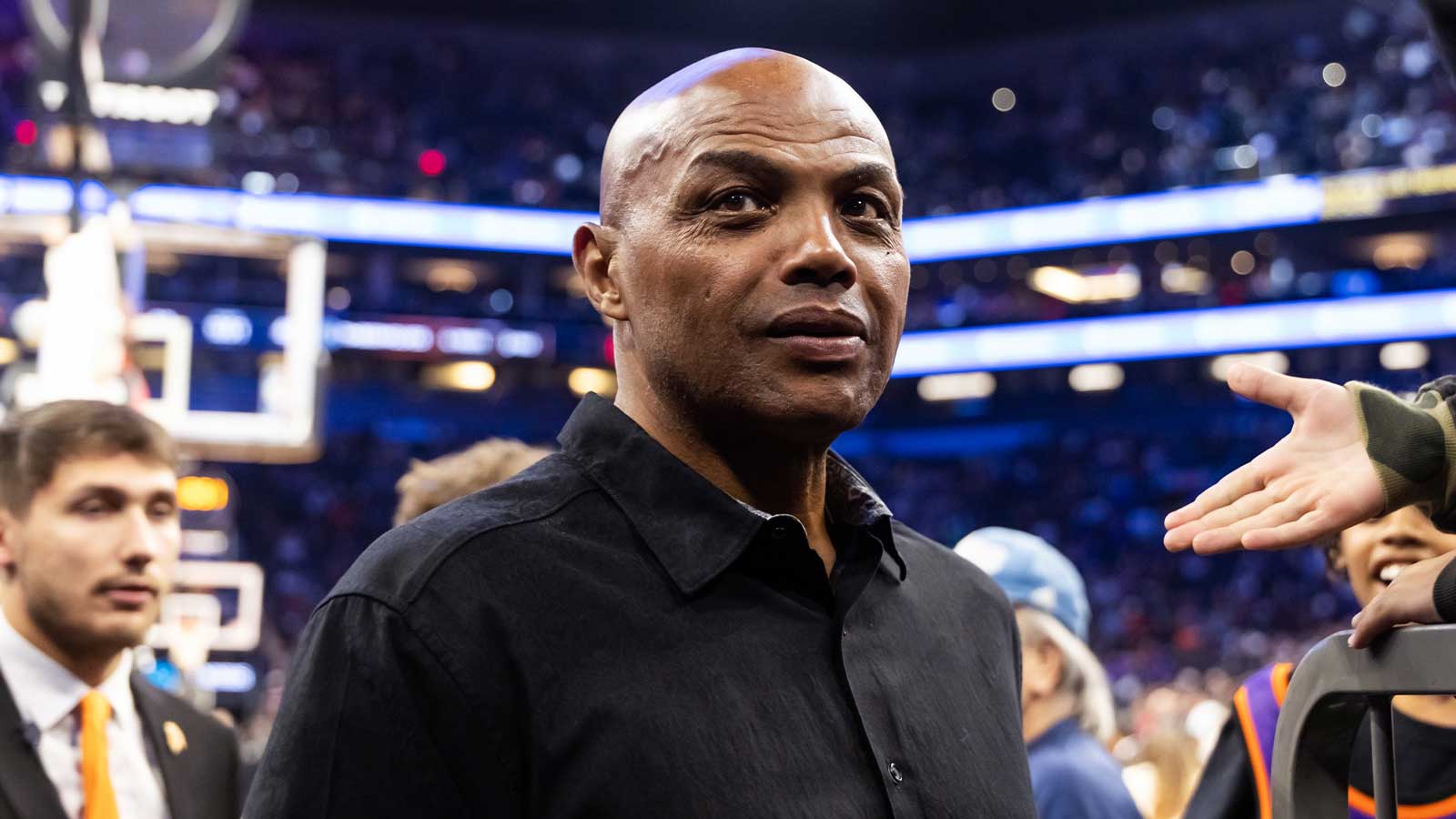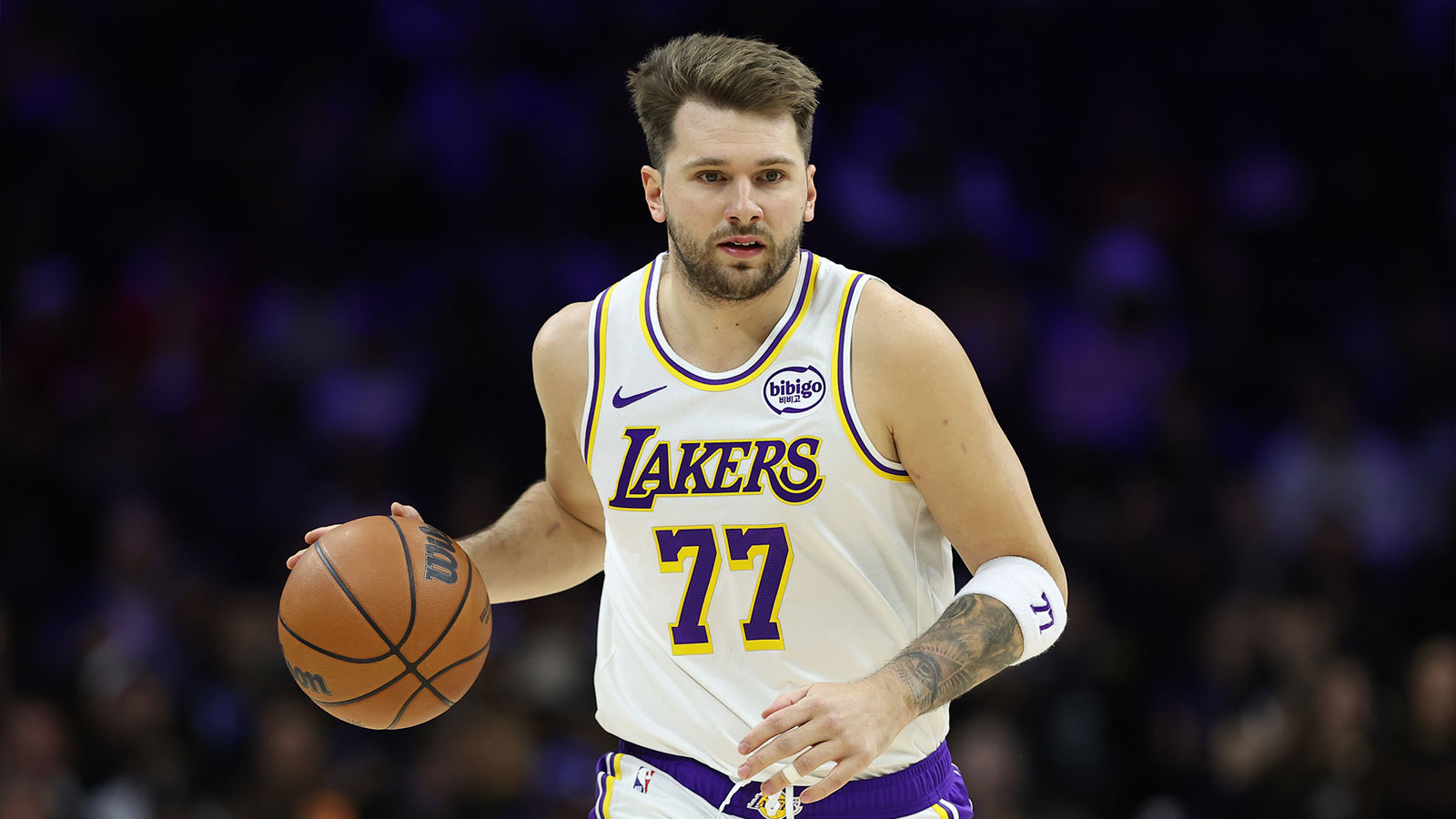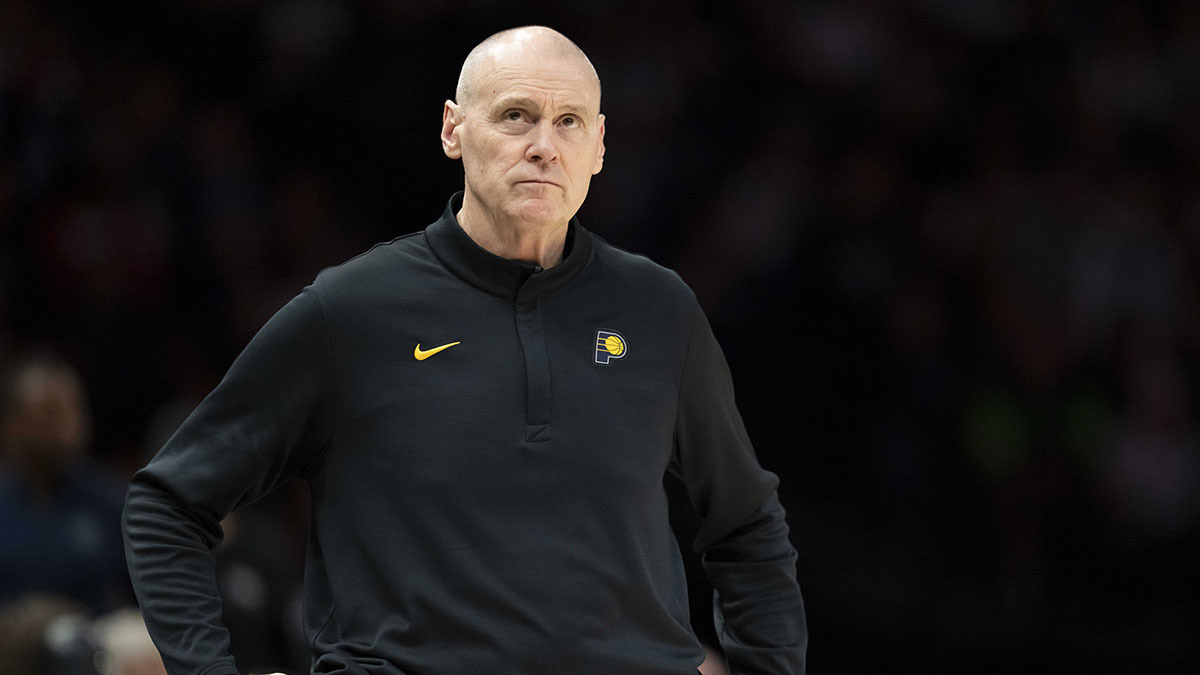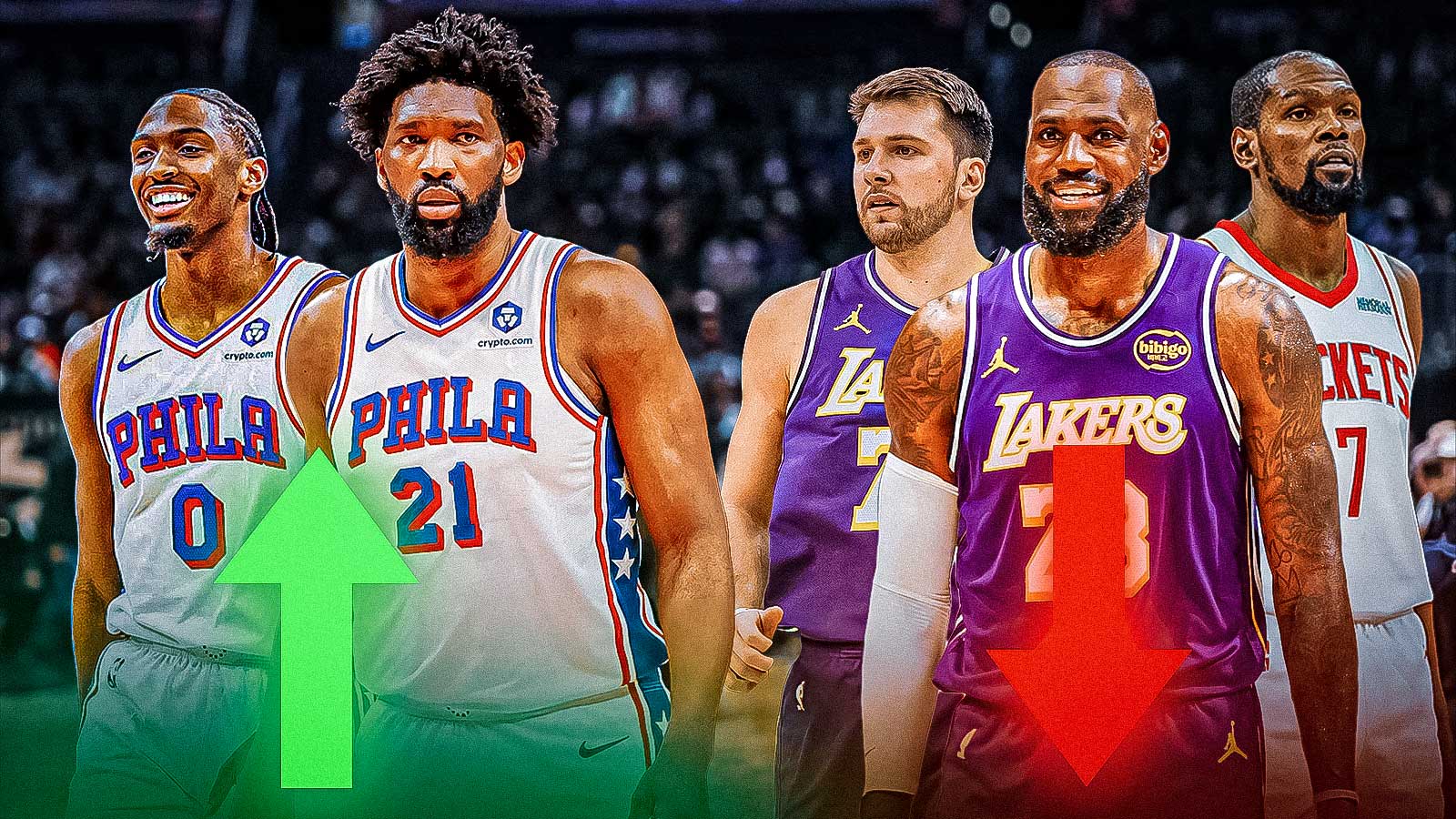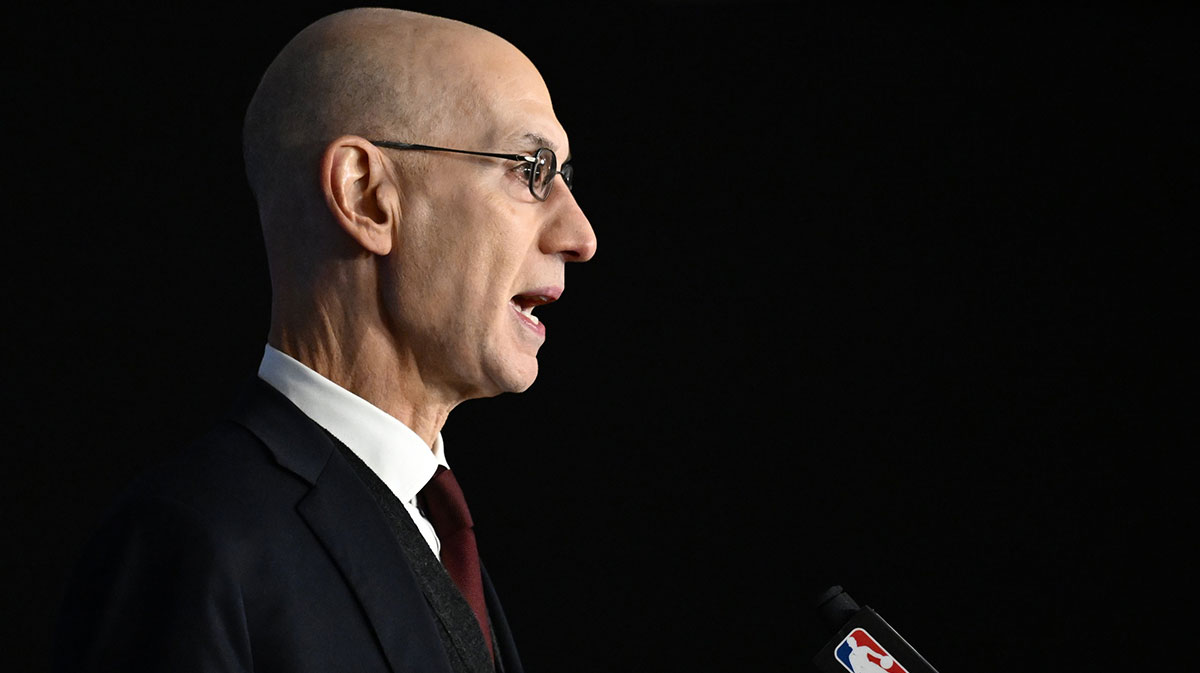The NBA today has changed a lot compared to when it first started, from the widening of lanes, to the introduction of the 3-point point shot, and much more. However, one of the most critical rules that has stayed is the NBA's 24-second shot clock.
According to the NBA rule book, “The ‘shot clock’ shall refer to the timing device that displays a countdown of the time within which the team possessing the ball must attempt a field goal. The shot clock shall start at 24 seconds unless otherwise provided in Rule 7. The shot clock shall be displayed in seconds, except tenths of seconds will also be displayed once the shot clock reaches 4.9 seconds.”
The 24-second shot clock was applied to force teams to attempt a shot before the time expired, to pick up the pace, and to avoid stalling.
Before the 24-second shot clock was imposed, teams found a way to stall, especially when they held a lead. This was evident during the matchup between the Minneapolis Lakers and Fort Wayne Pistons in the 1950s.
With the Lakers’ George Mikan dominating inside, the Pistons’ Murray Mendenhall instructed his players to stall the game. Without the 24-second shot clock, the Pistons were simply passing the ball while waiting for the clock to run out. Because of this, the Lakers had no choice but to foul in order to gain possession. Given that a non-shooting foul merited a free throw for the opposing team, the game turned into a free throw shooting exhibition for the rest of the 48 minutes. The Pistons outlasted the Lakers, 19-18, which was the lowest-scoring game in NBA history.
Although some NBA coaches found a way to offset their lack of talent at that time, fans were unhappy with how the sport was being played. Imagine, teams were competing only in the first few minutes, with the game only being decided by the better free throw shooting team for the rest of the way. Despite it being difficult to watch, none of the teams doing it were getting penalized. Thus, it became a clear threat to the sport itself. In fact, views started to decline and teams started to pull out of the league due to the game’s slow pace.
Fortunately, the league’s owners came together to discuss potential solutions to save the sport. And with bright minds working together, Syracuse Nationals owner Danny Biasone discovered a solution that made basketball a sport to watch again.
According to Mental Floss, Biasone stated: “I looked at the box scores from the games I enjoyed, games where they didn’t screw around and stall…I noticed each team took about 60 shots. That meant 120 shots per game. So I took 48 minutes (2,880 seconds) and divided that by 120 shots. The result was 24 seconds per shot.”
The birth of the shot clock meant that teams were forced to make quick decisions and to pick up the pace. Once a new team got hold of the ball, the clock simply reset to 24. With the application of the 24-second shot clock, teams didn’t have the option to stall. If they stalled, the violating team would be forced to give up the rock to the opposing team.
As a result, the 24-second shot clock also paved the way for tactical strategies. This motivated teams to play 24 seconds of defense in order to force the opposing team into a 24-second violation. Offensively, the rule also gave way to the two-for-one situation, where a team manages the clock well enough to make the last shot of the quarter.
Because of the rule change, fans started flocking to the arenas once again. The rule change promoted basketball games that were more action-filled, which led to higher scoring results. In fact, it would become one of the rules that would influence the modern-day NBA basketball we know today.
Since the rule change by the NBA in 1954, one major change has been made by the league. This change entailed that when a team gets an offensive rebound, instead of the clock being reset to 24, the offensive rebounding team would only have 14 seconds to attempt another shot. This change was made to further pick up the pace.
There is also a rule requiring teams with the ball to get over half court in 8 seconds, otherwise it is a violation. That rule used to be 10 seconds in the NBA.
Moreover, the NBA’s implementation of the 24-second shot clock would also become a major influence in the basketball scene. Leagues such as the Women’s National Basketball Association (WNBA) and The International Basketball Federation (FIBA) soon followed suit. It’s worth noting that both leagues previously imposed a 30-second shot clock. NCAA hoops uses a 30-second shot clock, but that is down from 35 seconds and even 45 seconds before that.
With a more uptempo style of play, there’s no question that the 24-second shot clock is one of the major reasons we are enjoying the sport of basketball today and for the generations to come.









